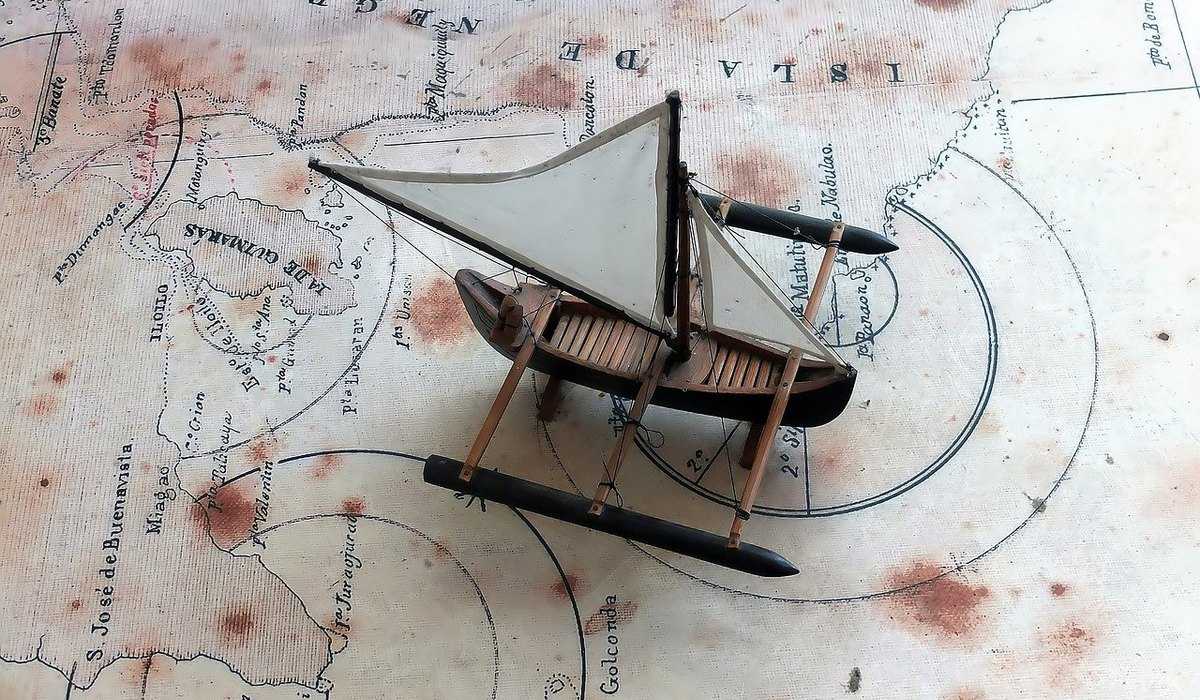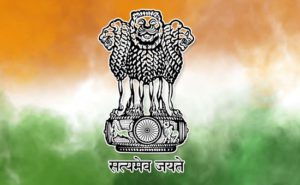India is a fascinating, vast, and extremely diverse country. With over 1.3 billion people, India is the most populous democracy in the world. It is a land of ancient wisdom and prosperity that has marked a lasting impression on the world. The history of India is explained in the simplest way possible.
India is a constitutional republic governed under a parliamentary system consisting of 28 states and 9 union territories. This is a brief history of India with the intention of making it simple and easy to understand.
The Diversity of India
India is unique in many aspects. Here each state and union territory is so diverse in culture, ethnicity, history, and rituals that they seem like different countries.
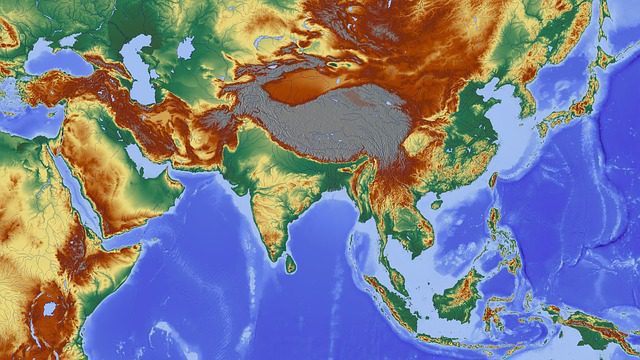
India is also home to one of the oldest civilizations in the world. Some claim that the Indus valley civilization even predates the Mesopotamians.
It is important the complete history of India captures relevant details still remain simple and easy to understand for someone who is reading it for the first time.
Also, this article is continuously updated to include any changes due to new archaeological or historical findings. I can assure you that this is the most complete yet easy to read Complete History of India with all major events captured.
I also recommend reading: Indian History Timeline
Understanding what is India
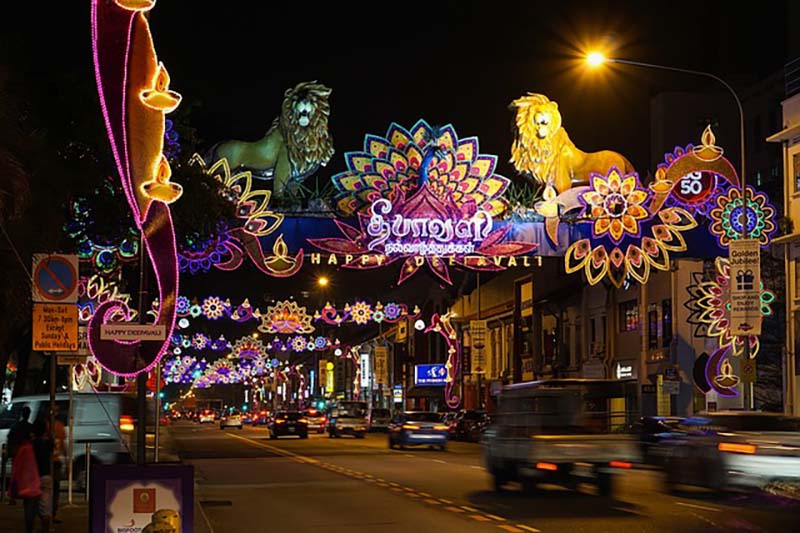
India also known as Bharat and Hindustan is a land of ancient civilization, some Hindu scholars believe it to be among the oldest human civilizations but enough evidence has not been compiled to substantiate it.
History of India has an unknown and mystical period between Vedic Ramayana and Mahabharata.
Earliest Human Presence in India
The evidence for remains (stone tools and a skull) in central India shows the presence of an early species of human, Homo Erectus. Archaeologists think they lived in India between 200,000 to 500,000 years ago.
The earliest records of the Indian subcontinent history exist in the form of the Rock Shelters of Bhimbetka. It’s an archaeological site in central India that spans the prehistoric Paleolithic and Mesolithic periods, as well as the historic period.
They used basic stone and bone tools, as well as crude stone axes, for hunting birds and wild animals.
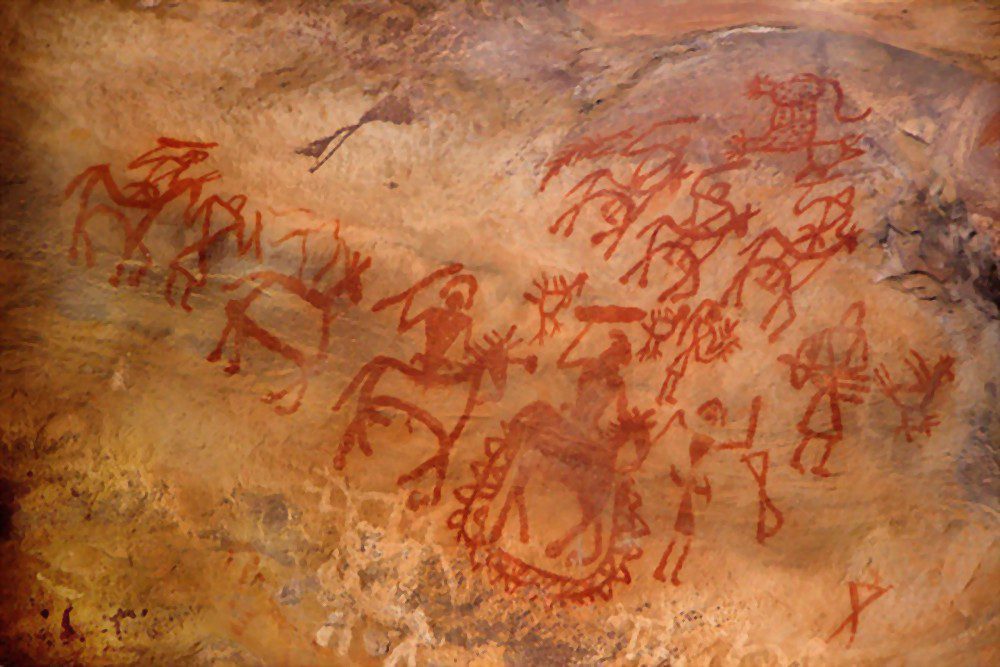
India’s social, economic, and cultural configurations are the products of a long process of regional expansion. Indian Civilization history begins with the birth of the Indus Valley Civilization and the coming of the Aryans. These two phases are usually described as the Pre-Vedic and Vedic age. Hinduism arose in the Vedic period.
Also read: Is Mahabharata part of real Indian History or a Myth?
Indus Valley Civilization (3300 BC to 1700 BC)
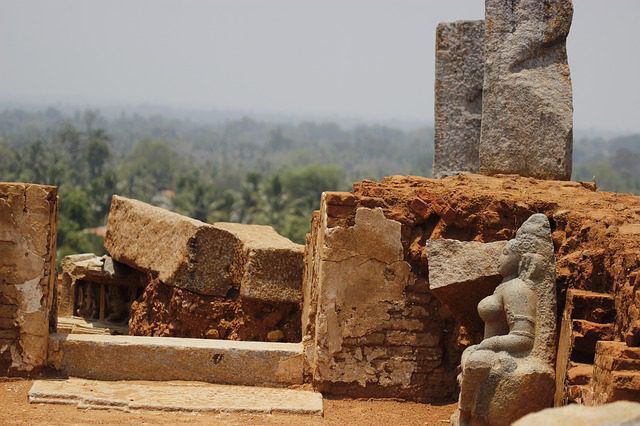
The Indus Valley Civilization was discovered in the 1920s. This is one of the most significant periods in the history of India.
Its modern name stems from its location in the valley of the Indus River, but it is also commonly referred to as the Indus-Sarasvati Civilization (after the Sarasvati River mentioned in Vedic sources which flowed adjacent to the Indus) and the Harappan Civilization (after the ancient city of Harappa in the region, the first one found in the modern era).
None of these names derive from their own texts as the script has yet not be deciphered, although scholars generally believe the people of this civilization had developed a writing system.
All three designations are modern constructs, and nothing is definitively known of the origin, development, decline, and fall of the civilization. Even so, modern archaeology has established a probable chronology and periodization:
- Pre-Harappan – c. 7000 – c. 5500 BCE
- Early Harappan – c. 5500 – 2800 BCE
- Mature Harappan – c. 2800 – c. 1900 BCE
- Late Harappan – c. 1900 – c. 1500 BCE
- Post Harappan – c. 1500 – c. 600 BCE
Vedic Era: The Beginning of The Religious History Of India
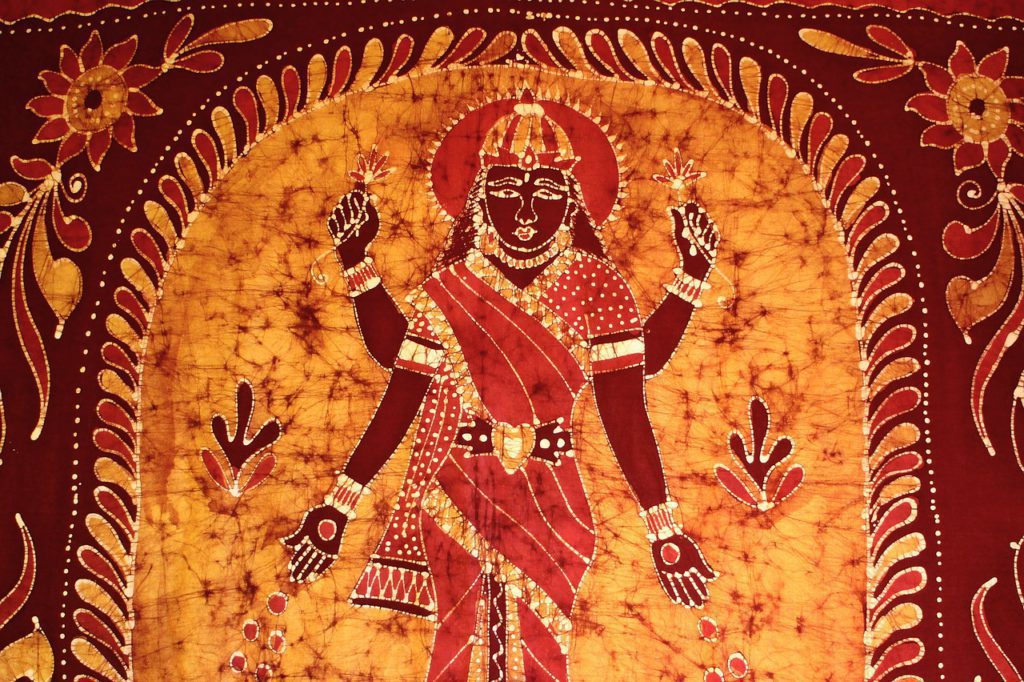
Vedic Era is among the most influential era in Indian civilization. It still has a lot of influence on the modern Indian way of life. Most religions originating from India, like Hindus, Jains, Sikhs all derive some elements of the ancient Vedic civilization.
The impact on Hindu is most as most of the ceremonies and rituals from birth to death are based on Vedic rituals.
You can read more about the Vedic Era, culture and civilization
Unlike many other ancient teachings, the transmission of these teachings was mainly oral though brahmin scholars primarily, until around the 5th century.
The four Vedas are considered the oldest Sanskrit literature and are the main religious texts that form the basis of the Hindu religion. The first one is the Rigveda. As per Rigveda the whole region in which the Aryans were first settled in India was called the Land of 7 Rivers or Sapta Sindhawa.
The other three are Samveda, Yajurveda, and Atharvaveda. The Vedas have verses in praise of gods and others. They also have other information. At that time, society was pastoral.
| Rigveda | – Oldest of the Vedas – Consists of 1028 hymns – Has 10 Mandals and 8 Akhtaks – Gayatri Mantra has its origin here |
| Yajurveda | – Contains procedure for sacrifices and rituals for Yajnas – Has 760 hymns, and about 160 of the hymns are in common with the Rigveda – A prose Veda – Two groups –Black (Krishna) Yajurveda and White (Shukla) Yajurveda |
| Samveda | – Veda of Chant and Melodies – The root of Indian dance and music |
| Atharvaveda | – Yonges Veda that was later added – Contains procedures for daily life – Mantras for the magic spell – Contains the oldest text of Indian medicine |
| Brahmanas | – Contains commentary on the Vedas and instructions on how to perform rituals properly – ‘Brahmana’ means the explanation of a ritual by a learned priest – Different Brahmanas are associated with each Veda |
| Aranyaka | – The word Aranyaka means jungle – Describes philosophies of the Vedas |
| Upanishada | – The philosophical-religious texts of Hinduism – There are between 180-200 Upanishads but the best known are the 13 which are embedded in the four Vedas |
After the Rigveda, society became more agrarian. There was also segregation of classes depending on the type of the word, which is still present in parts of India called the infamous caste system.
The Advent of Caste System in History of India
- Brahmins were priests, teachers and carried the oral tradition of Vedas and Puranas
- Kshatriyas were the warrior communities known for their valor
- Vaishyas did agriculture, trading, and commerce
- The Shudras were the general working-class like blue collard workforce in modern times
A common misconception is that the Vaishyas and Shudras were generally looked down upon in ancient times, and treated badly or discriminated against by Brahmins and Kshatriyas, which was true for the latter part of the Vedic age. But was untrue for the earlier part. This type of social division is called the Varna system in Hinduism.
During the period of the Vedic civilization, there were many Aryan clans (disputed by some Indian Historians) and tribes. Some of them combined and became bigger like the kingdom of the Kurus.
The vedic period is one of the most important time for Hindu Religion and ancient history of India. Many Hindu religious texts were composed during this time. This period is called Vedic because the four Vedas were composed during this period.
- The Vedic Age began with the arrival of Aryans.
- There are many conflicts among historians regarding the origin of Aryans. Though it is believed that Aryans were semi-nomadic pastoral people and originated from the area of the Caspian Sea in central Asia. They entered India through the Khyber Pass of the Hindukush mountain.
- Vedic period (BC 1500-600) is divided into two periods-early Vedic periods (BC 1500-1000) and the
Late Vedic period (BC 1000-600)
Persian and Greek invasion
Around the 5th century BC, north-western parts of India faced invasion by the Achaemenid Empire and by the Greeks of Alexander the Great. A Persian way of thinking, administration, and lifestyle came to India. This influence became bigger during the Mauryan dynasty.
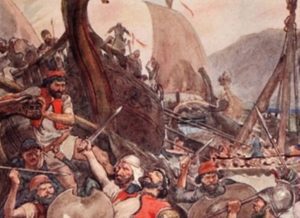
From around 520 BC, the Achaemenid Empire’s Darius I ruled a large part of north-western parts of the Indian subcontinent. Alexander later conquered these areas. Achaemenid rule lasted about 186 years. In modern times, there are still traces of this Greek heritage to be found in parts of north-western India.
Greco-Buddhism (also spelled as Græco-Buddhism) is a combination of the cultures of Greece and Buddhism. This mixture of cultures continued to develop for 800 years, from the 4th century BC until the 5th century AD. The area where it happened is the modern day’s Afghanistan and Pakistan. This mixture of cultures influenced Mahayana Buddhism and the spread of Buddhism to China, Korea, Japan, and Tibet.
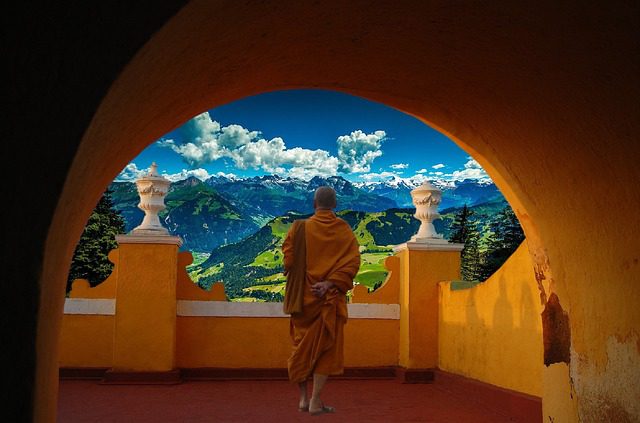
The Magadha empire
The Magadha formed one of the sixteen kingdoms in ancient India. The core of the kingdom was the area of Bihar south of the Ganges. Its first capital was Rajagriha (modern Rajgir in the Bihar state of India) then Pataliputra (modern Patna).
Magadha expanded to include most of Bihar and Bengal, followed by much of eastern Uttar Pradesh and Odisha. The ancient kingdom of Magadha is mentioned in Jain and Buddhist texts. It is also mentioned in the Ramayana, Mahabharata, Puranas A state of Magadha, possibly a tribal kingdom is recorded in Vedic texts much earlier than 600 BC.
Magadha played an important role in the development of Jainism and Buddhism, and two of India’s greatest empires, the Maurya Empire and the Gupta Empire, originated from Magadha. These empires saw advances in ancient India’s science, mathematics, astronomy, religion, and philosophy. This was the Indian “Golden Age”.
Early middle kingdoms of India
Satavahana Empire
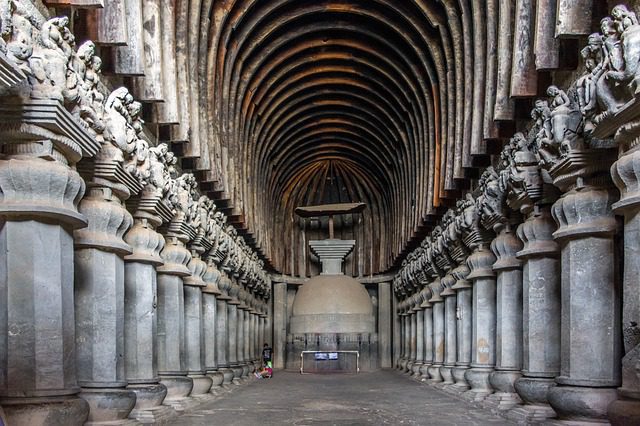
The Satavahanas came to power around 230 BC. They are also called Andhras. For about 450 years, many Satavahanas kings ruled most parts of southern and central India.
Western Kshatrapa
For about 350 years, from the years 35-405, Saka kings ruled India. They ruled the western and central parts of India. These areas are in today’s states of Gujarat, Maharashtra, Rajasthan, and Madhya Pradesh. There were 27 independent rulers, collectively known as the Kshatrapas.
Saka kings ruled India along with the Kushan kings and the Satvahana kings. Kushan kings ruled the northern parts of India. Satvahana kings ruled the central and some of the southern parts of India.
Indo-Scythians
Indo-Scythians came to India from Siberia passing through several places like Bactria, Sogdiana, Kashmir, and Arachosia. Their coming to India continued from the 2nd century BC to the 1st century BC. They defeated the Indo-Greek rulers of India and ruled India from Gandhara to Mathura.
Gupta dynasty
The Gupta dynasty reigned from around 320 to 550 AD. The Gupta Empire covered most of North-central India, the region Gupta Empire (never included Pakistan); and what is now western India and Bangladesh. Gupta society was ordered in accordance with Hindu beliefs.
The time of the Gupta Empire is seen as the Golden Age of India. Historians place the Gupta dynasty alongside the Han Dynasty, Tang Dynasty, and Roman Empire as a model of a classical civilization.
Hun invasion
The fighting Huns
By the first half of the fifth century, a group of people known as Huns had settled in Afghanistan. They became powerful. They made Bamiyan their capital city.
They started attacking the northwestern parts of India. Skandagupta, an emperor of the Gupta dynasty fought back and kept them away for some years. At last, the Huns won and could enter most parts of northern India. With this, the Gupta dynasty came to an end.
Most of north India became badly affected by this invasion. However, Huns could not go up to the Deccan Plateau and the southern parts of India. These parts remained peaceful. No one knows definitely about the fate of Huns after the end of the sixth century. Some historians believe that they mixed up fully with the Indian people of that time.
Late Middle Kingdoms
In the history of India, the Middle kingdoms of India cover a period beginning from around the 6th-7th century. In South India, Chola kings ruled Tamil Nadu, and Chera kings ruled Kerala.
They also had trading relationships with the Roman Empire to the west and Southeast Asia to the east. In north India, Rajputs ruled in many kingdoms. Some of those kingdoms continued for hundreds of years.
Harsha’s empire
After the collapse of the Gupta Empire, it was Harsha of Kanauj (a place now in Uttar Pradesh state of India) who united the northern parts of India in one kingdom.
After his death, several dynasties tried to control north India and ruled from time to time from the 7th century till the 9th century as described in some of the sections below. Some of these dynasties were the Pratiharas of Malwa and later Kannauj; the Palas of Bengal, and the Rashtrakutas of the Deccan.
The Pratiharas, Palas, and Rashtrakutas
The Pratihara kings ruled kingdoms in Rajasthan and some other parts of northern India from the 6th century to the 11th century. The Palas ruled the eastern part of India.
They ruled over areas that are now parts of the Indian states of Bihar, Jharkhand, and West Bengal, and of Bangladesh. The Palas ruled from the 8th century to the 12th century.
In the southern parts of India, Rashtrakutas of Malakheda (Karnataka) ruled the Deccan during the 8th-10th centuries after the end of Chalukya rule. All these three dynasties always tried to control the entire north of India.
During all this time lasting for three to four hundred years, the Chola kings were growing in power and influence.
The Rajputs
In the 6th century, several Rajput kingdoms came into being in Rajasthan. Many other Rajput kings ruled in different parts of north India.
Some of these kingdoms continue to survive for hundreds of years during different periods of the history of India.
Vijayanagar empire
In 1336, two brothers named Harihara and Bukka founded the Vijayanagara Empire in an area which is now in the Karnataka state of India. The most famous king of this empire was Krishnadevaraya. In 1565, rulers of this empire were defeated in a battle. But, the empire continued for about the next one hundred years.
A number of kingdoms of south India had trading relations with the Arabs in the west, and with Indonesia and other countries of the east.
Islamic sultanates
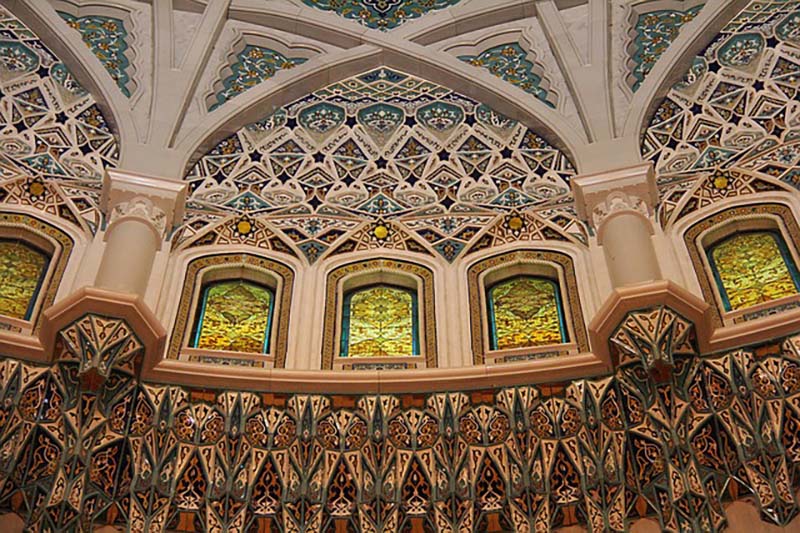
Islam spread across the Indian subcontinent over a period of 500 years. In the 10th and 11th centuries, Turks and Afghans invaded India and established sultanates in Delhi. In the early 16th century, descendants of Genghis Khan swept across the Khyber Pass and established the Mughal Empire, which lasted for 200 years. From the 11th to the 15th centuries, southern India was dominated by Hindu Chola and Vijayanagar Dynasties. During this time, the two systems—the prevailing Hindu and Muslim—mingled, left lasting cultural influences on each other. The spread of Islam had a major impact on the history of India and the following events.
Delhi Sultanate
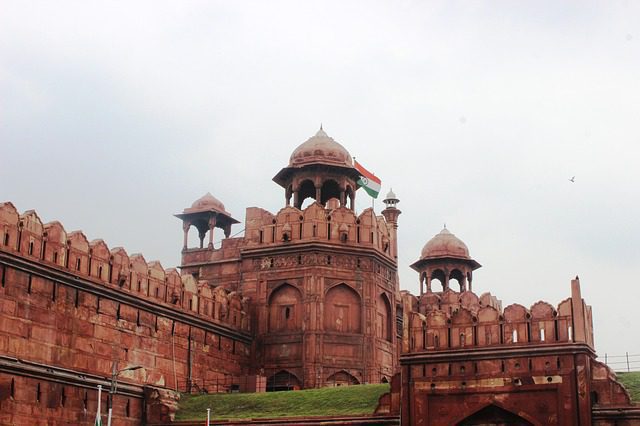
The Delhi Sultanate was a Muslim kingdom based mostly in Delhi. It ruled large parts of the Indian subcontinent for 320 years (1206–1526) Five dynasties ruled over Delhi Sultanate. They are the Mamaluk, Khilji, Tughlaq, Sayyid, and the Lodi dynasties.
The Mamluk dynasty was started by Qutb-ud-din Aibak. He was a slave and thus this dynasty is also known as the Slave Dynasty. Qutubuddin Aibak also made Qutub Minar. His son-in-law, Iltutmish became the ruler after Qutb-ud-din Aibak. He completed the construction of Qutub Minar started by his father-in-law.
The Kingdom of Mysore
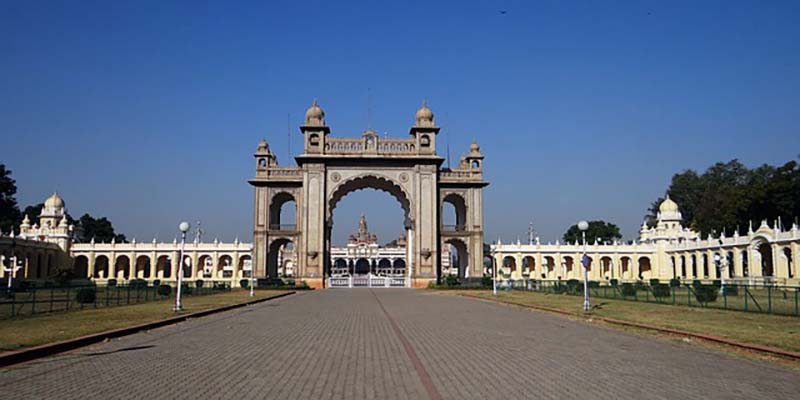
The Kingdom of Mysore was a kingdom of southern India. People known as Wodeyars founded this kingdom in the year 1400. Later on, Hyder Ali and his son, Tipu Sultan, fought with the Wodeyar rulers.
They also fought with the forces of the British Raj, but were defeated. Under the British Raj, Wodeyar kings continued to rule a large part of Karnataka. When India became independent on 15th August 1947, Wodeyars’ kingdom chose to become a part of India.
Punjab
Guru Nanak founded Sikhism and his followers were called Sikhs. The power of Sikhs continued to increase in the northwestern part of India.
The Sikhs became rulers of large part of northwestern India. This is called the Sikh Kingdom or Empire. Ranjit Singh was the most famous ruler of the Sikh Empire.
He expanded the borders of the Sikh Empire and at the time of his death, this empire covered areas of Punjab, and present-day Kashmir and parts of Pakistan. The Sikhs and forces of the British Raj fought many wars.
Till Maharaja Ranjit Singh was alive, Britishers were not able to cross the Sutlej river. After his death, they took over entire Punjab after battles with disorganized Sikh troops.
The Sikhs had a major influence in the history of India and multi-religious common thread with Hindus.
Durrani Empire
For a short period, a person named Ahmed Shah Durrani the founder of Afghanistan ruled some parts of northwestern India. Historians have named his rule as the Durrani Empire
. In 1748, he crossed the Indus River and attacked Lahore, now a part of Pakistan. He also attacked many parts of Punjab.
Then, he attacked Delhi. At that time, Delhi was the capital of the Mughal Empire. He took many valuable things from India. This included the Peacock Throne of Shah Jahan and the famous diamond named Kohinoor.
Colonial Era
Colonial period means the period during which Western countries ruled India. These countries also ruled many other countries of Asia, Africa, and South America.
Company Raj
Starting in the 1600s the British East India Company began a very profitable trading empire in India, centered in Bengal. In the mid-1700’s Robert Clive (1725-1774) led the Company to an expanded influence in India with victories over the French, the Bengalis, and the Mughals. With a victory at the Battle of Plassey in 1757, Clive became the first British Governor of Bengal.
In the hundred years after the battle, the East India Company conquered the entire subcontinent of India. They did this by trade, political intrigue, and direct military action. The British were very efficient administrators of their domains. But in 1857 the Indian Mutiny almost destroyed the Company’s rule of India. Afterward, the British government took control away from the Company. In 1858, India became a part of the British Empire and Queen Victoria became the Empress of India.
The British Rule
For ninety years the British ruled India and Burma as a unified territory under the British king or queen. It was divided into eight provinces each with a governor. These provinces were Burma, Bengal, Madras, Bombay, UP, Central Provinces, Punjab, and Assam. A Governor-General (Viceroy) in Calcutta was head of the government.
The British did some very harmful things to culture and society. They took valuables, tortured and raped many Indians. T
he way they conquered India was often divided and rule. In the end, many kingdoms were defeated by the British and the riches taken.
For example, many of the Royal Crown Jewels were taken from previous kingdoms in India- including the Koh-I-Noor diamond (one of the world’s largest diamonds) and also stole many other large diamonds and gold.
During famines and floods, many people died because the government did not help enough. Any Indian not able to pay the British taxes could be forced into prison and/or publicly beaten. Political opponents were jailed and sometimes killed for speaking out against colonial rule.
After taking much of the India’s natural resources for hundreds of years, England was criticized for not protecting Indians during the partition of India and Pakistan. During the partition of India and Pakistan, millions of Indians and Pakistanis died.
The British also did good things. They built railroads, telegraphs and telephones, improved trade, standardized laws, and water supplies. Many of these things were done to help improve commerce in India and taxes provided to England.
They created the Indian Civil Service for administering rules and regulations. They also tried to eliminate practices like burning widows.
The British ruled India primarily for the economic benefit of Britain. India produced cheap raw materials for British industry. Indians had to buy British manufactured goods and profits went back to Britain. During the colonial era, India was mostly economically deprived and a very rich civilization had a period of extreme poverty first time in the history of India
The Indian Independence Movement: History of India Rewritten
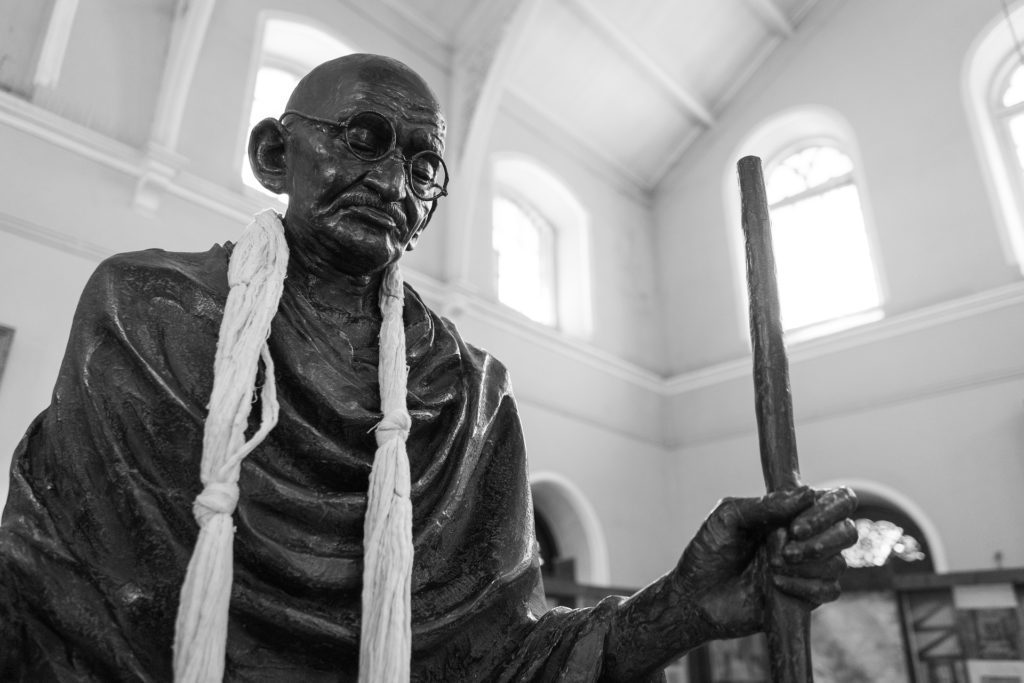
Many people in India wanted to be free from British rule. The struggle for independence was long and difficult. Many people protested against the British.
The British tortured the Indians. They tried hard to break the equality and fraternity of Indians. Their motto was divide and rule. They made wars between Hindus and Muslims and as a result, India was separated into Pakistan, India and Bangladesh.
The most important leader of the struggle for Indian independence was Mahatma Gandhi. Gandhi believed in a non-violent opposition towards the British.
India won its independence, along with Muslim Pakistan, and became a free country on August 15, 1947. Pakistan won independence in 14 August, some hours before India. It was a turning point in the history of India and an advent of a new modern India
Republic of India
On 15 August 1947, the British Indian Empire was partitioned into two countries, India (Hindustan) and Pakistan. With this, the British Raj in the Indian subcontinent ended. On 26 January 1950, Hindustan adopted a constitution. From that day, Hindustanis became the Republic of India or Indians.
During the last 72 years, the Republic of India has seen different stages in its national life. Some of them are as follows:
- It fought three wars against Pakistan, and one war against China. Wars with Pakistan were fought in 1947, 1965, and 1971. In 1999, it had a limited skirmish in Kargil. The war with China was fought in 1962. In 1971, the Republic of India also helped Bangladesh in its freedom struggle.
- Under the leadership of Jawaharlal Nehru (the first Prime Minister of India), India had adopted a socialist economy. Some economists think it was a mixed economy. In a mixed economy, socialism and capitalism continue together. During this period, lasting for several years up to end-1980s, India could rapidly develop its infrastructure, science and technology.
- By the early 1990s, India had changed its economic policies. It started several reforms to attract more capital from other countries. Local businessmen and industrialists also got more freedom to carry out their activities.
- In 1974, India had already detonated its first nuclear bomb. It repeated the same in 1998. With this, it became a nuclear power.
- Presently (As of 2019), India is currently the fifth largest economy in terms of gross GDP.
- It is the 4th largest economy of the world when accounting for purchasing power parity. Some economists think that in coming decades, India’s economy will become still larger.
The fifth century saw the unification of India under Ashoka, who had converted to Buddhism, and it is in his reign that Buddhism spread in many parts of Asia. In the eighth century, Islam came to India for the first time and by the eleventh century had firmly established itself in India as a political force.
It resulted in the formation of the Delhi Sultanate, which was finally succeeded by the Mughal Empire, under which India once again achieved a large measure of political unity.
It was in the 17th century that the Europeans came to India. This coincided with the disintegration of the Mughal Empire, paving the way for regional states. In the contest for supremacy, the English emerged ‘victors’.
The Rebellion of 1857-58, which sought to restore Indian supremacy, was crushed; and with the subsequent crowning of Victoria as Empress of India, the incorporation of India into the empire was complete. It was followed by India’s struggle for independence, which India got in the year 1947.
